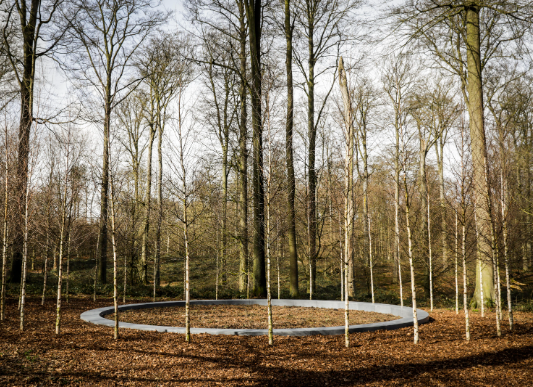Bas Smets: Redefining Landscape Architecture
In recent years, landscape architecture has gained significant importance as cities seek to blend nature with urban life. Bas Smets, a Belgian landscape architect, is at the forefront of this movement. His work emphasizes sustainability, community engagement, and innovative design, making him a figure worth knowing in the field.
Innovative Design Concepts that Inspire
Bas Smets is known for pushing the boundaries of traditional landscape architecture. His projects often incorporate elements that challenge conventional notions of space. For instance, he seamlessly integrates water management systems into urban developments—transforming them into multifunctional landscapes. This innovative approach not only enhances aesthetic appeal but also addresses pressing environmental issues. By rethinking how landscapes can serve multiple purposes, Smets inspires a new generation of designers to see beyond simple beautification.
Sustainability at the Core
A hallmark of Smets’ work is its strong focus on sustainability. He believes that landscape architecture should be a response to environmental challenges rather than a contributor to them. This philosophy is evident in his projects, which prioritize native flora and natural materials, creating ecosystems that thrive in urban settings. For example, in his work on the Goffin Park in Brussels, he incorporated local plants and natural habitats that support both wildlife and the urban community. His commitment to sustainability offers a blueprint for future projects, making it clear that landscape architects have a vital role in promoting ecological balance.
Community Engagement Through Design
Beyond aesthetics and sustainability, Bas Smets emphasizes the importance of community in landscape architecture. He involves local residents in the planning process, ensuring that the design reflects their needs and enhances their quality of life. This participatory approach has led to public spaces that are not only functional but also beloved by the community. His project, the Parc de la L’heure in Belgium, serves as a prime example. Community members contributed ideas that resulted in a park that fosters social interaction and celebrates local culture. By prioritizing the voices of those who will use these spaces, Smets creates environments that truly belong to the community.
Conclusion
Bas Smets’ work exemplifies the evolving role of landscape architecture in addressing contemporary urban challenges. Through innovative design, a commitment to sustainability, and community engagement, he sets a high standard for future projects. If you’re interested in the intersection of nature and urban design, exploring Smets’ projects will inspire you to think critically about how landscapes can enhance our lives. Encourage yourself to learn more about his work and the broader implications for our cities.

